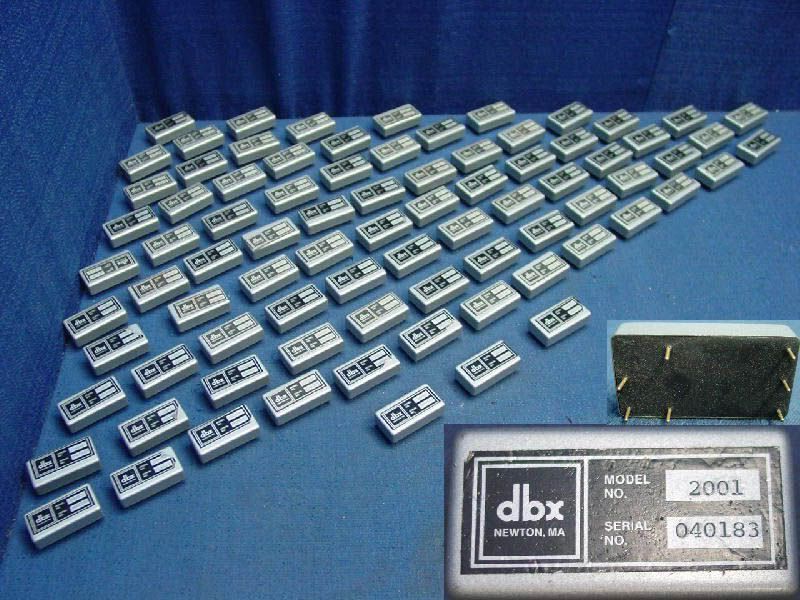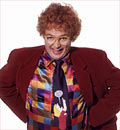There has been some Top Secret behind the scenes cladestine operations going on around here by who knows who. They are trying to bootleg this primitive discrete VCA because they are retro to the bone. Seems foolish to me, as we now have laser trimmed, THAT VCA's that put out 1/1000 th the distorton and function like nobody's bidness. But, just for posterity, I think it would be cool to understand how these new-fangled chips work by taking a look at one of it's predescorrsreesesrs. So here is a DBX 2001 schematic. And there is a circuit description to follow for those who understand these transistor thingys. There was some discussion over at the Constant Current thread on a few of the body parts therin. Anyway, would anybody hazzard a guess as to the value of capacitor number 60, since whoever is perfoming the patent infringent exercises accidently destroyed the markings durring said dissection, whoever that may be. Thanks!

You can print out a circuit description here:
DBX
There is a more detailed description if anybody is interested.
Thanks!
cj

You can print out a circuit description here:
DBX
There is a more detailed description if anybody is interested.
Thanks!
cj






